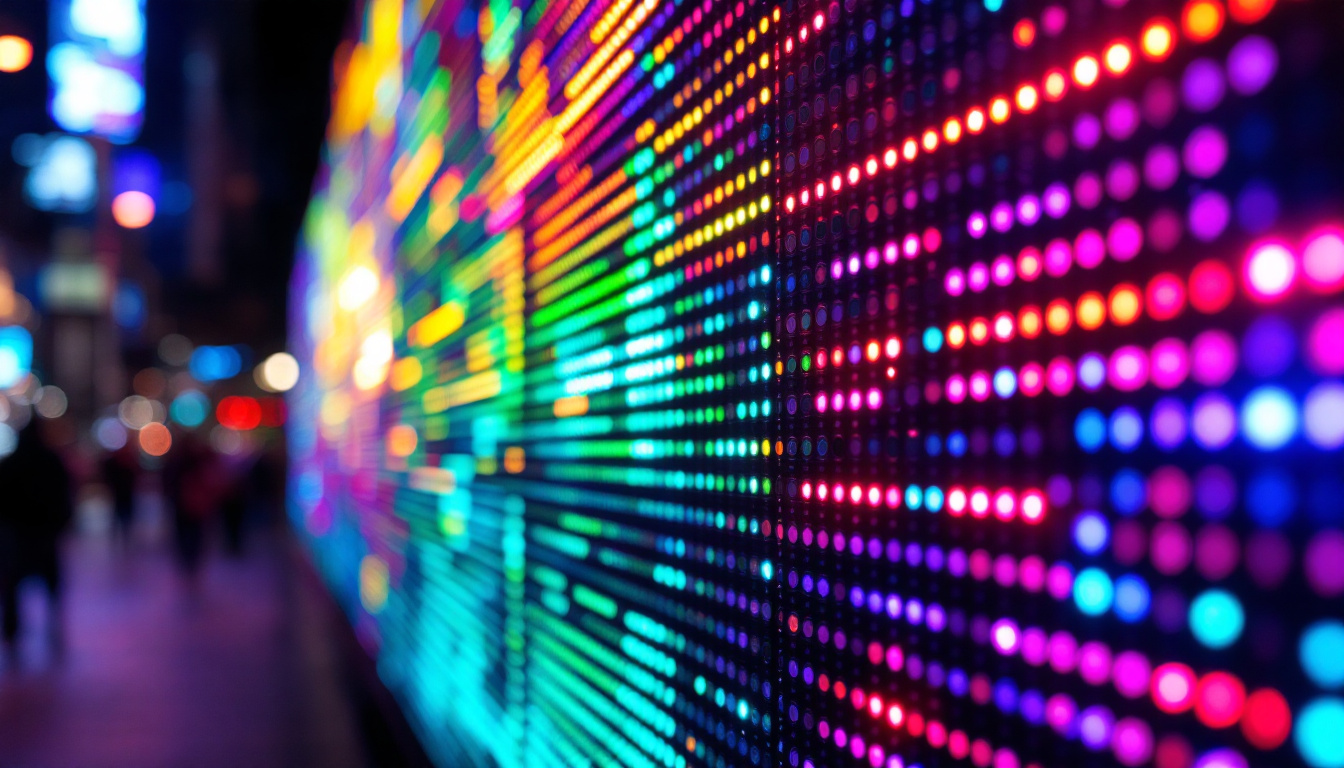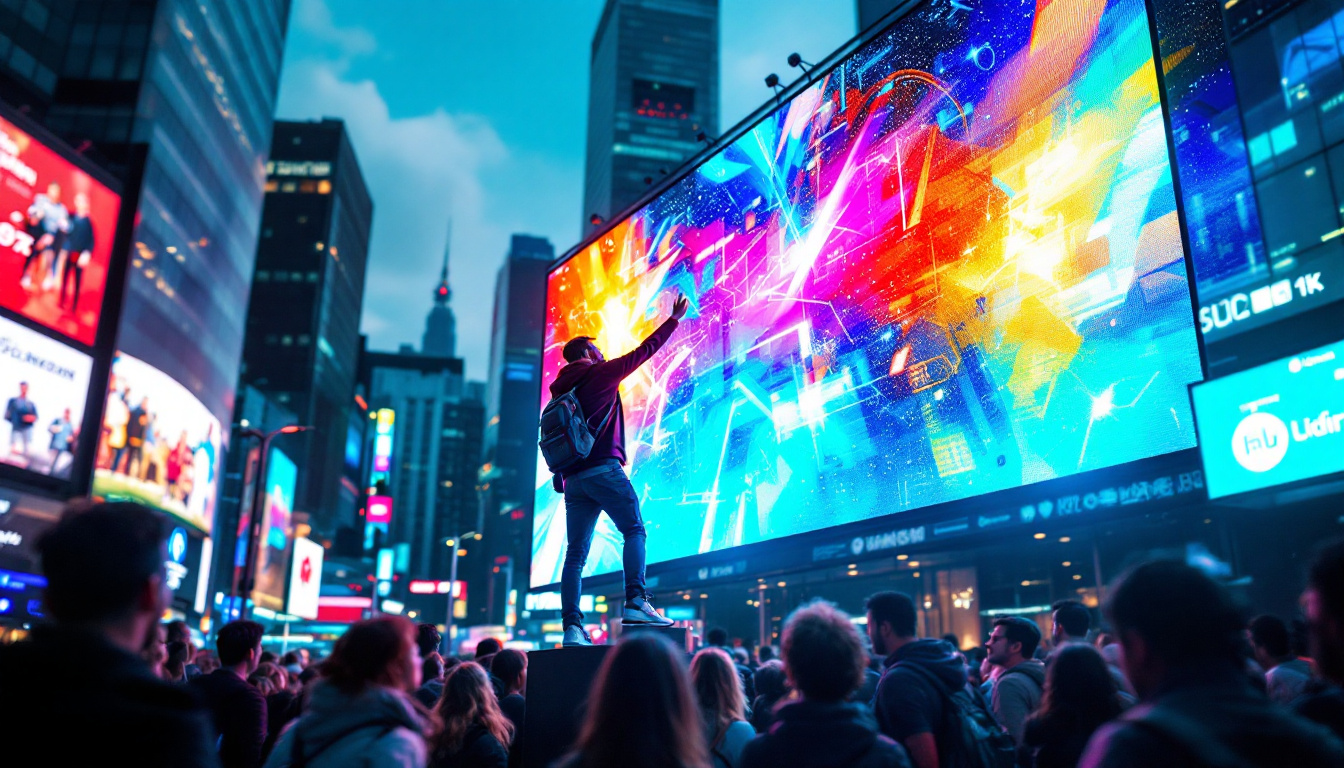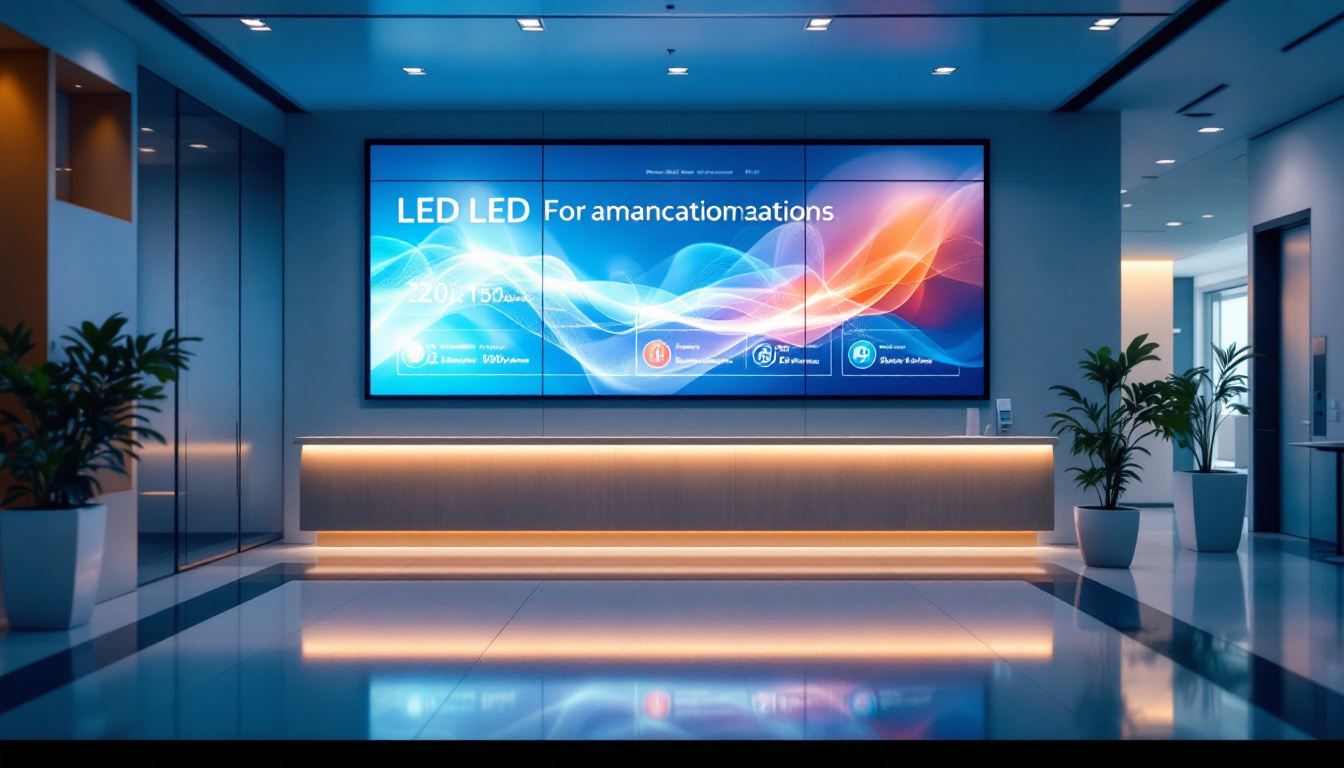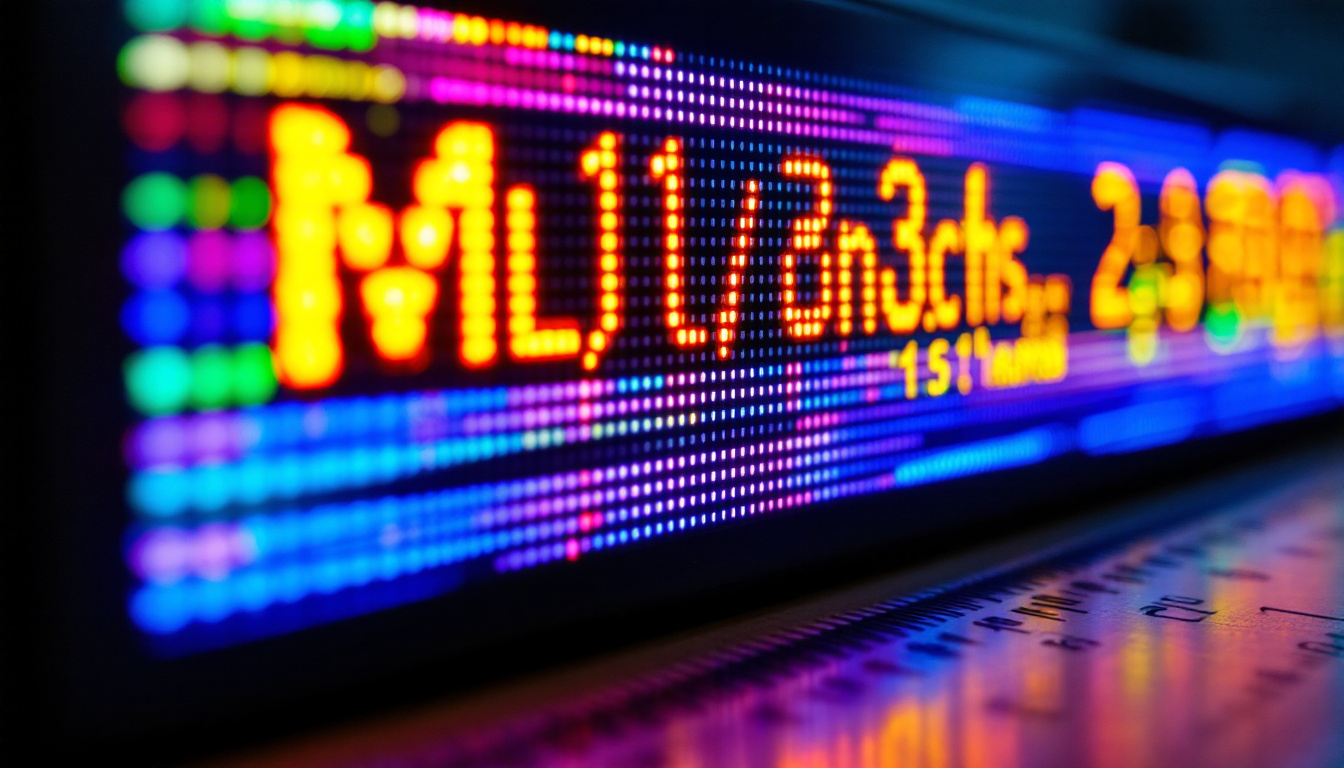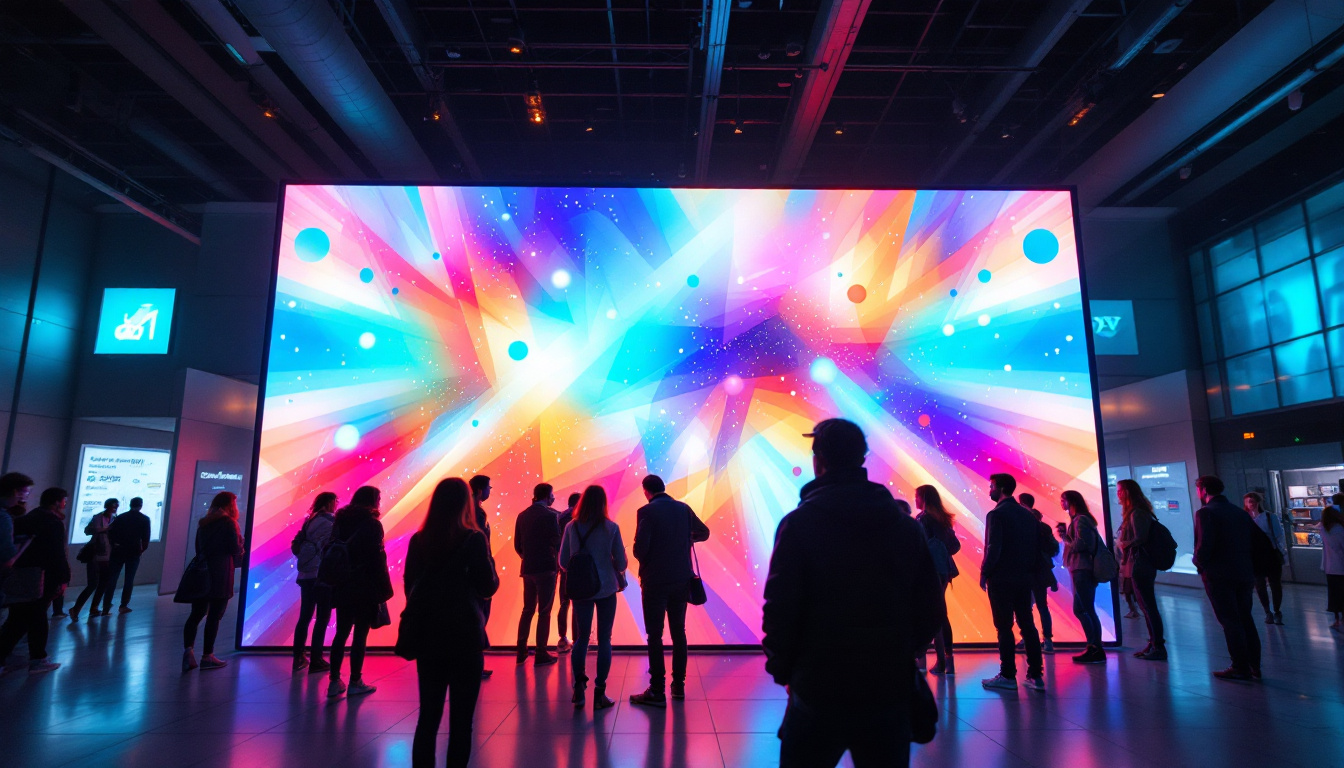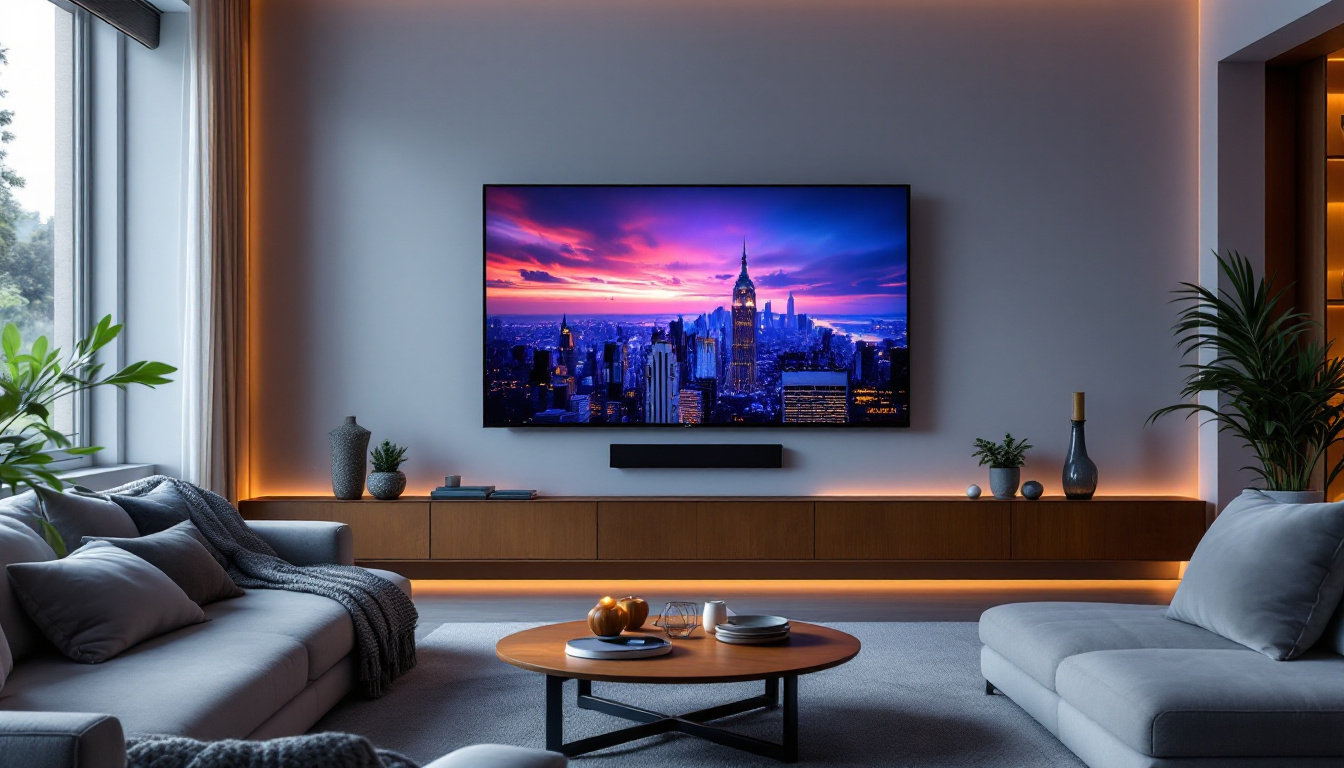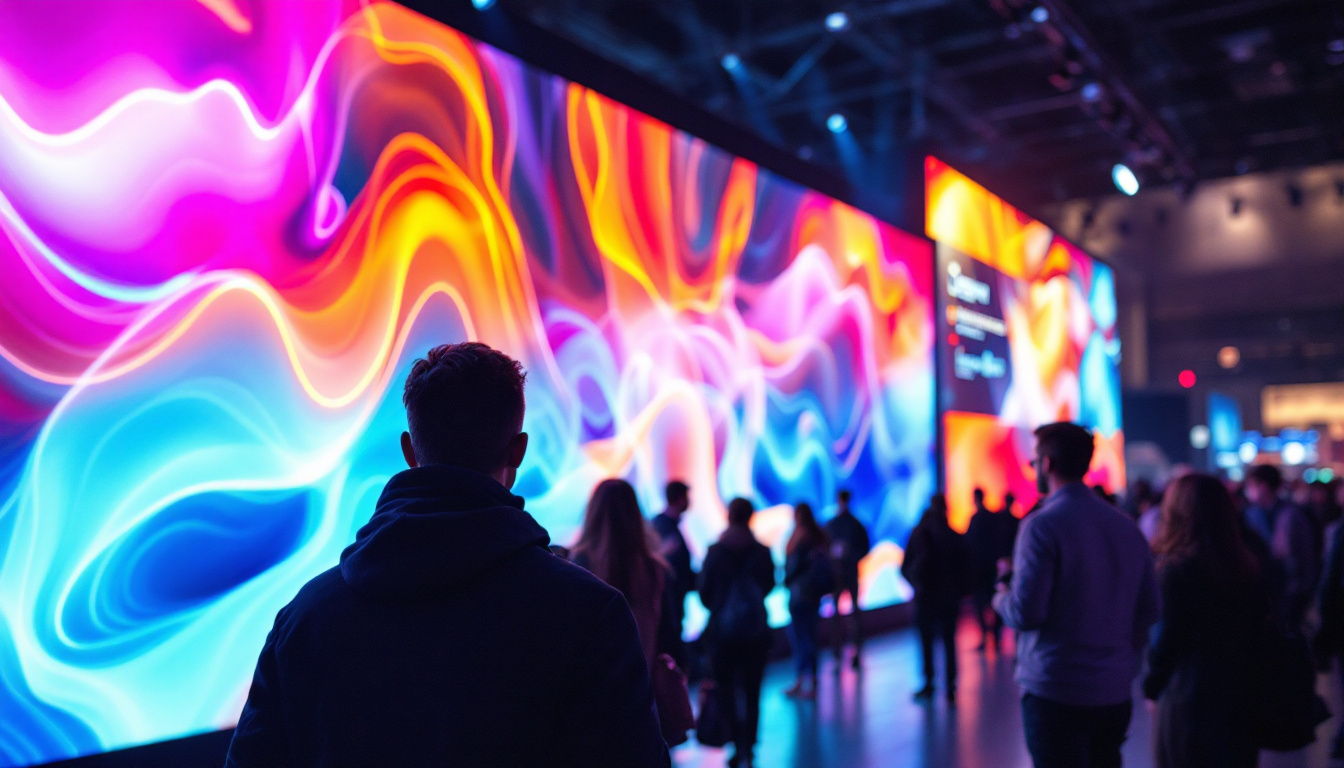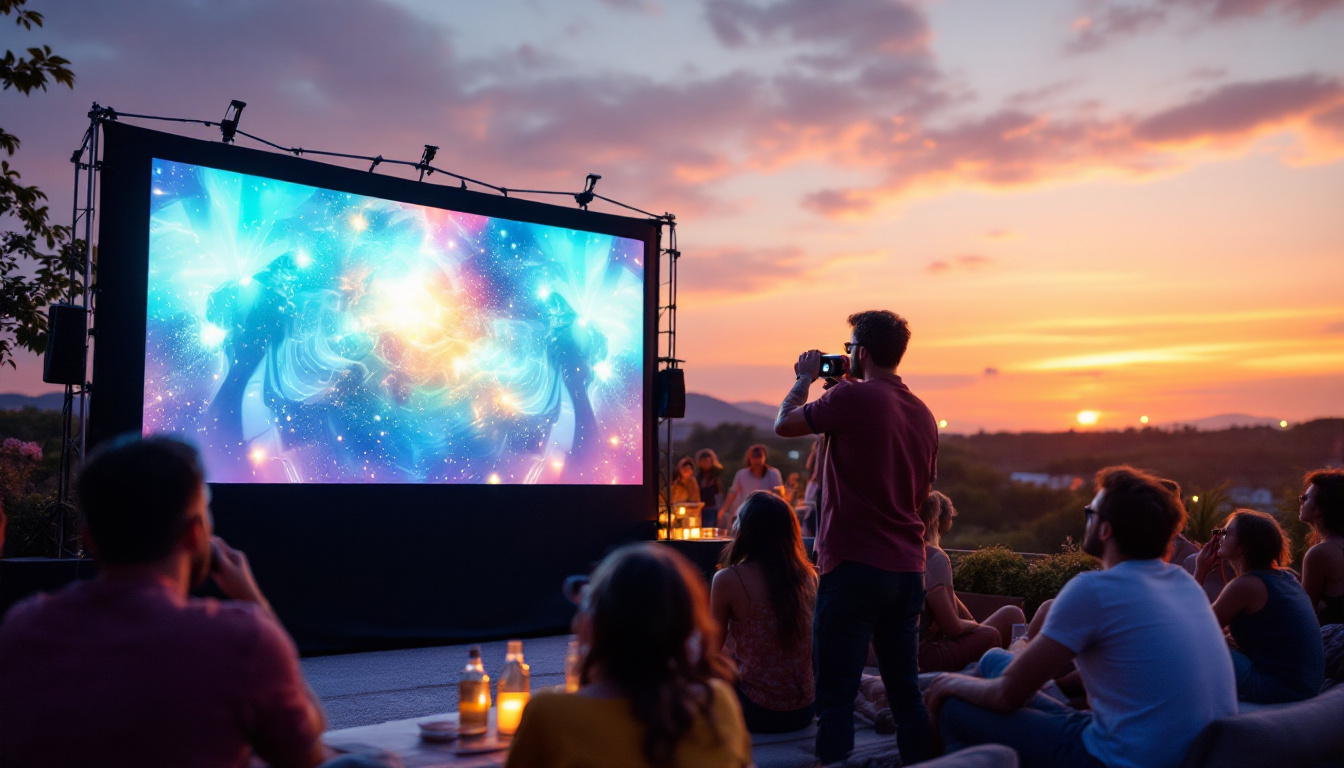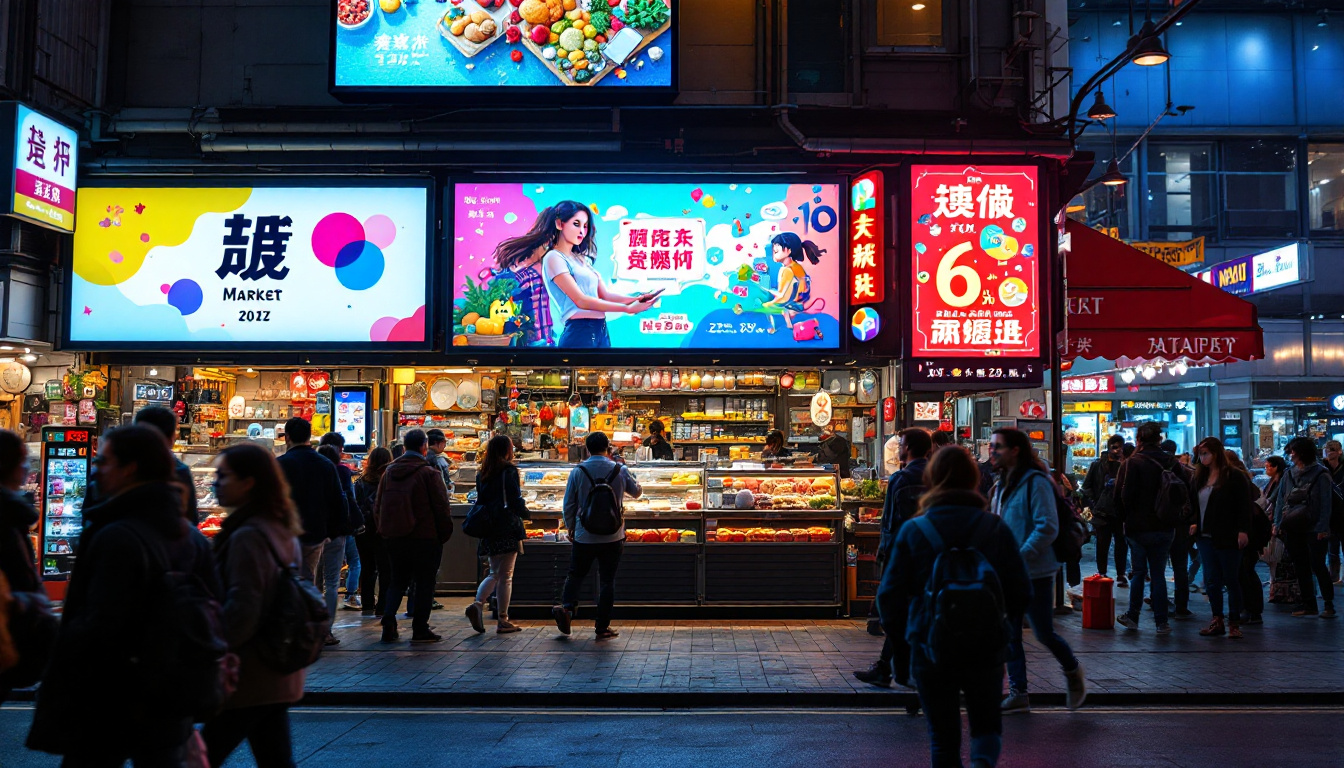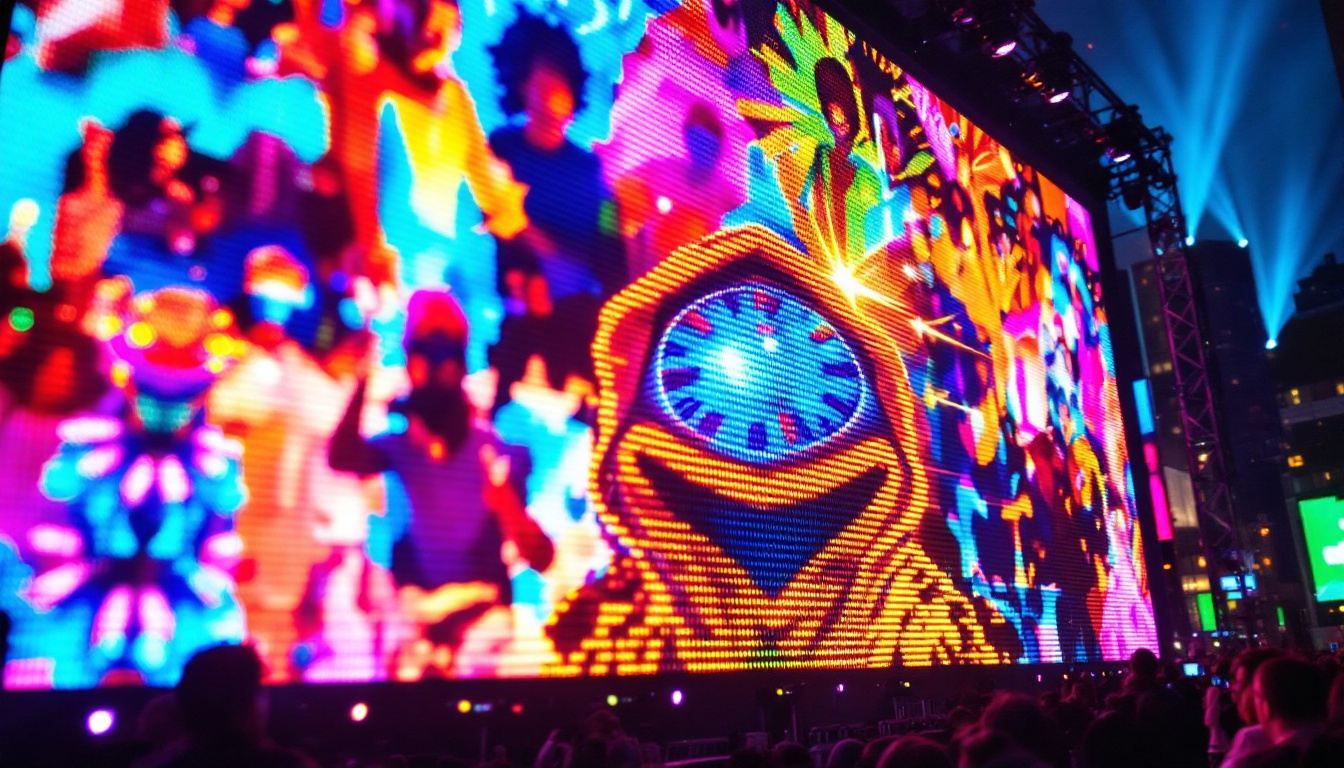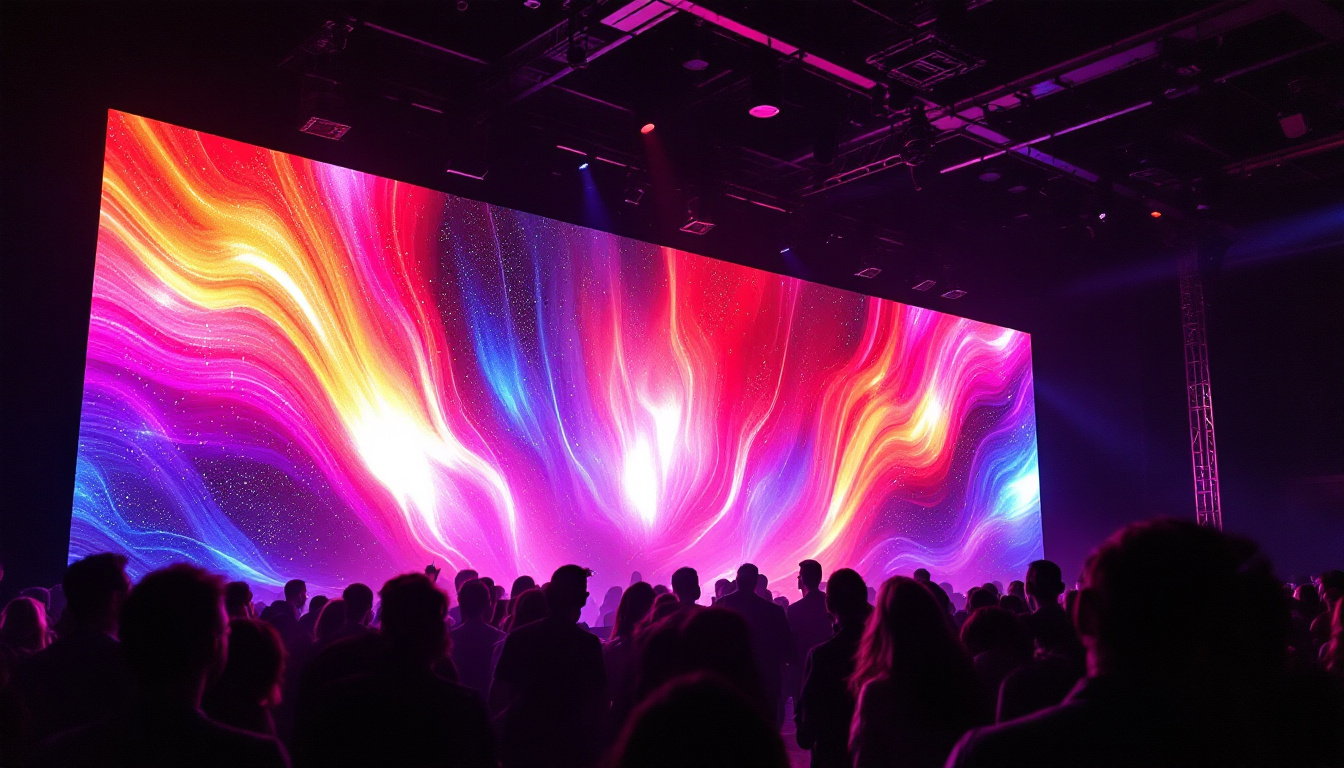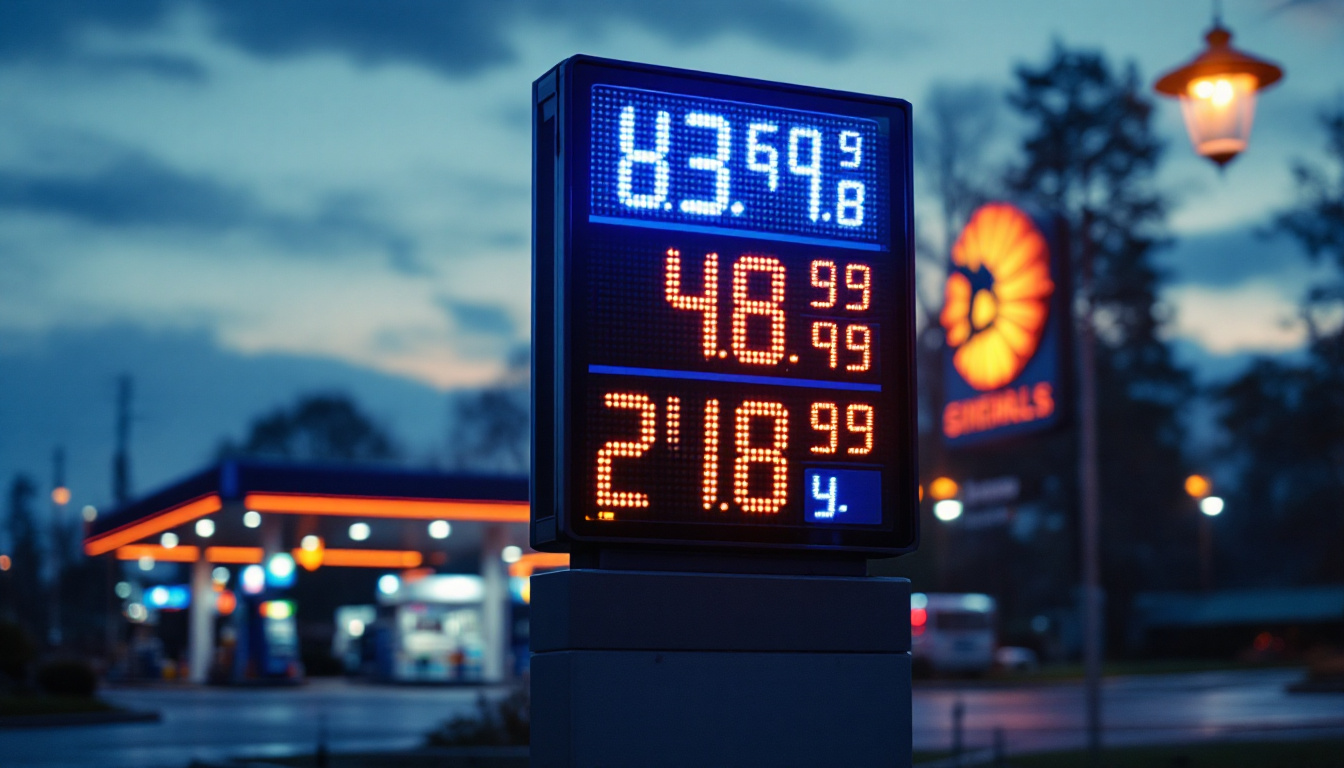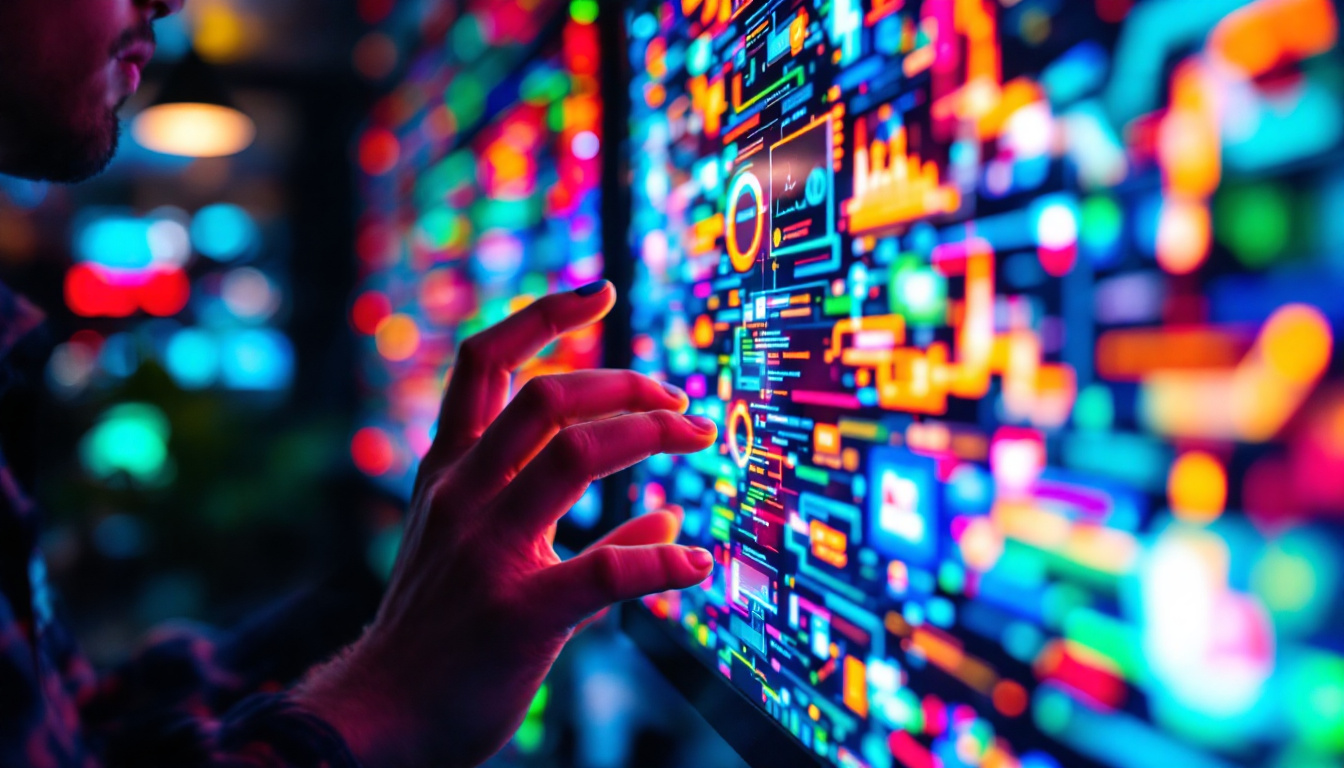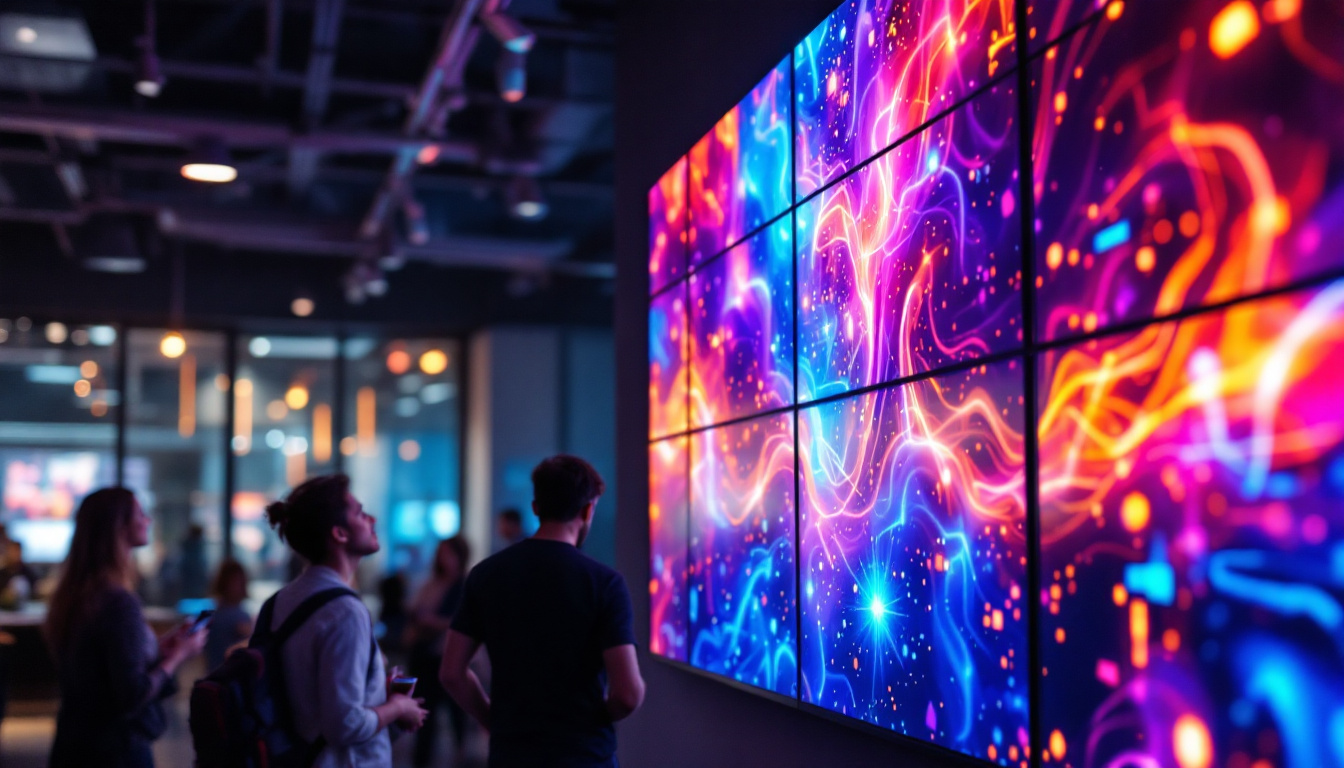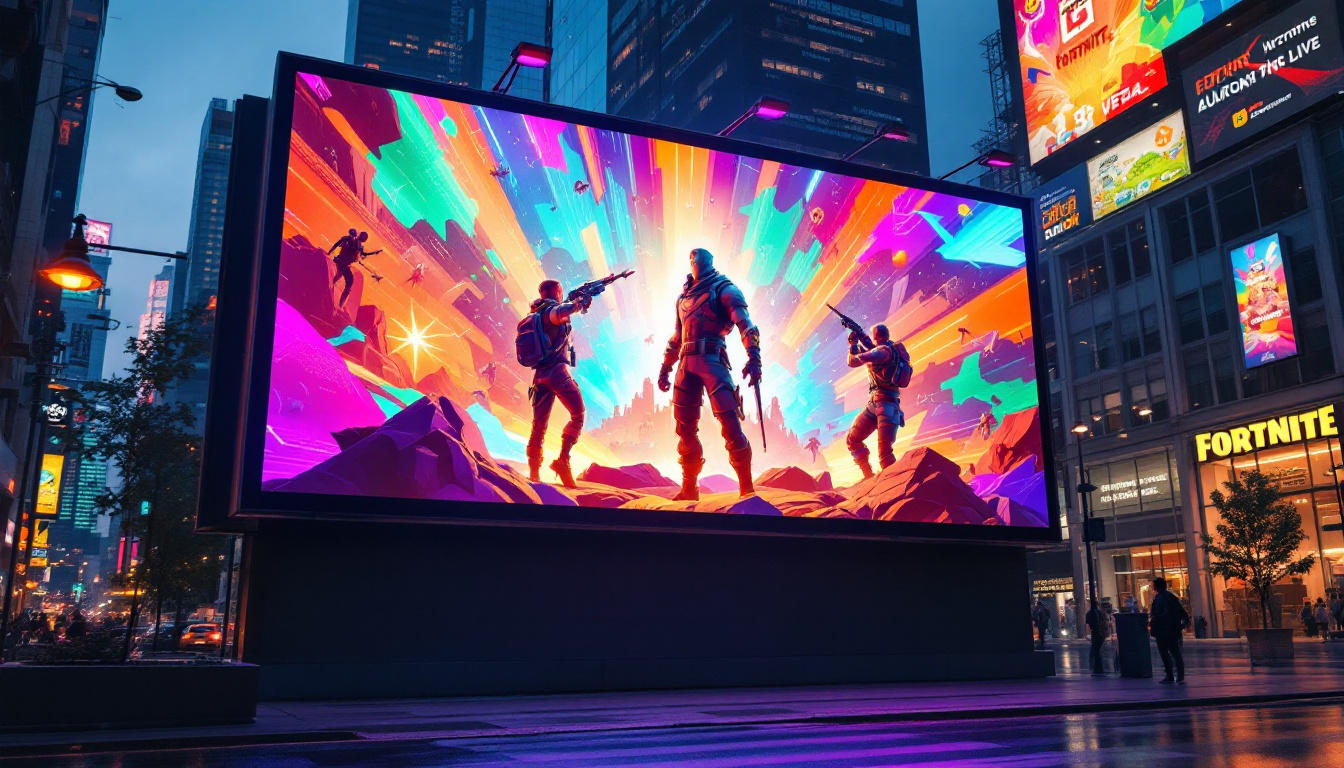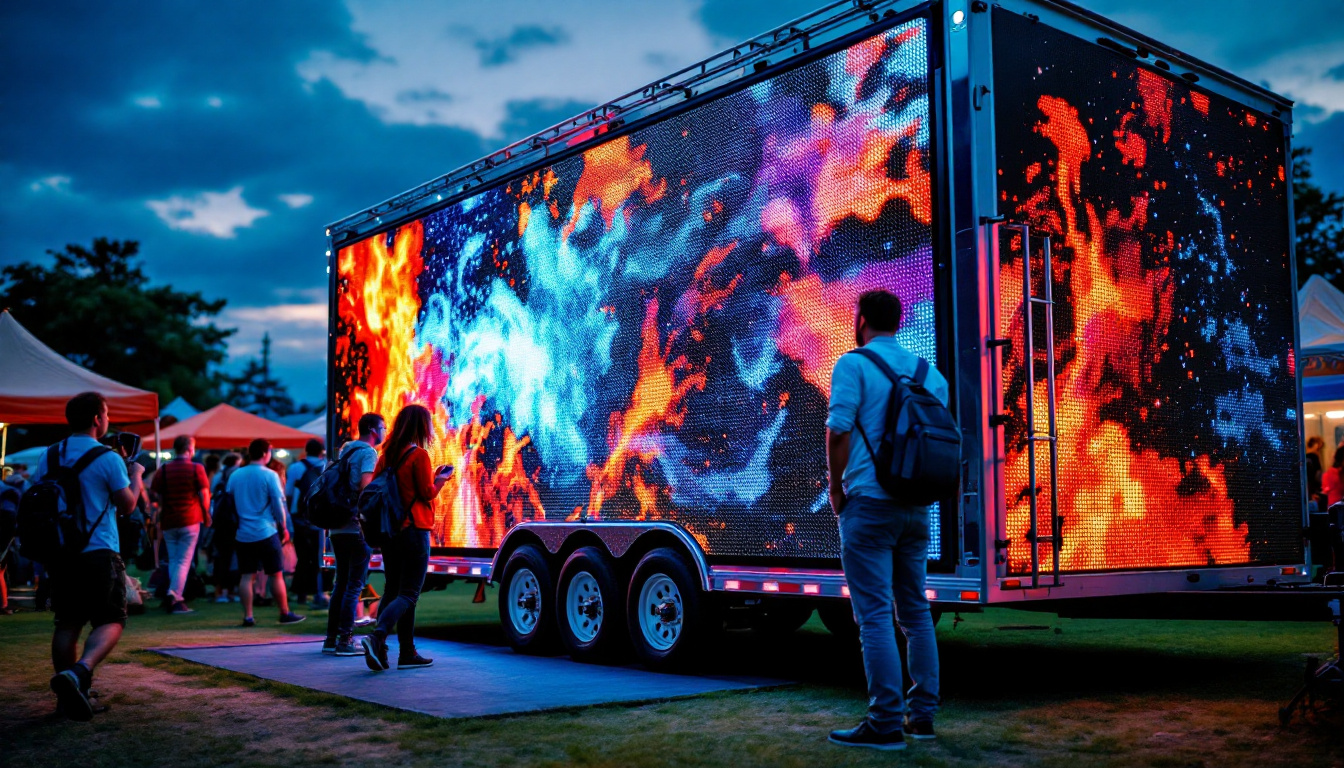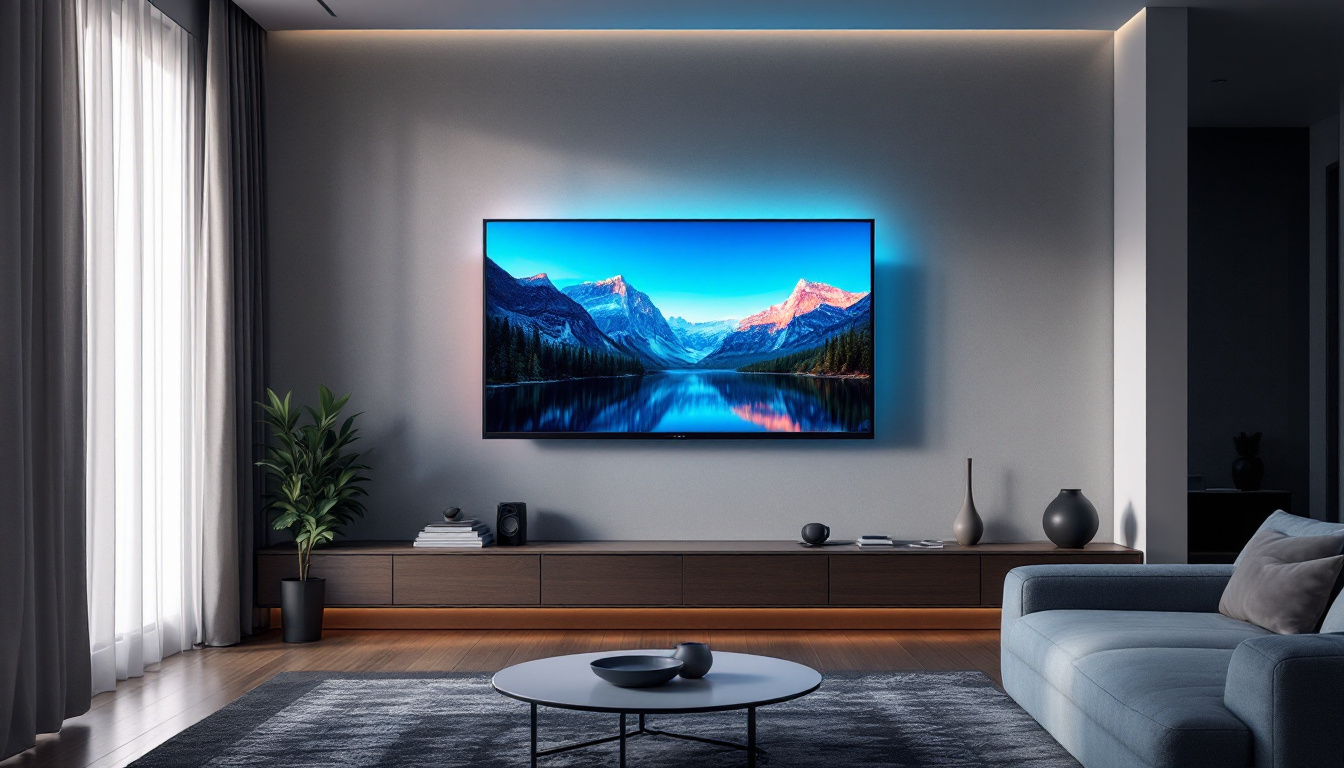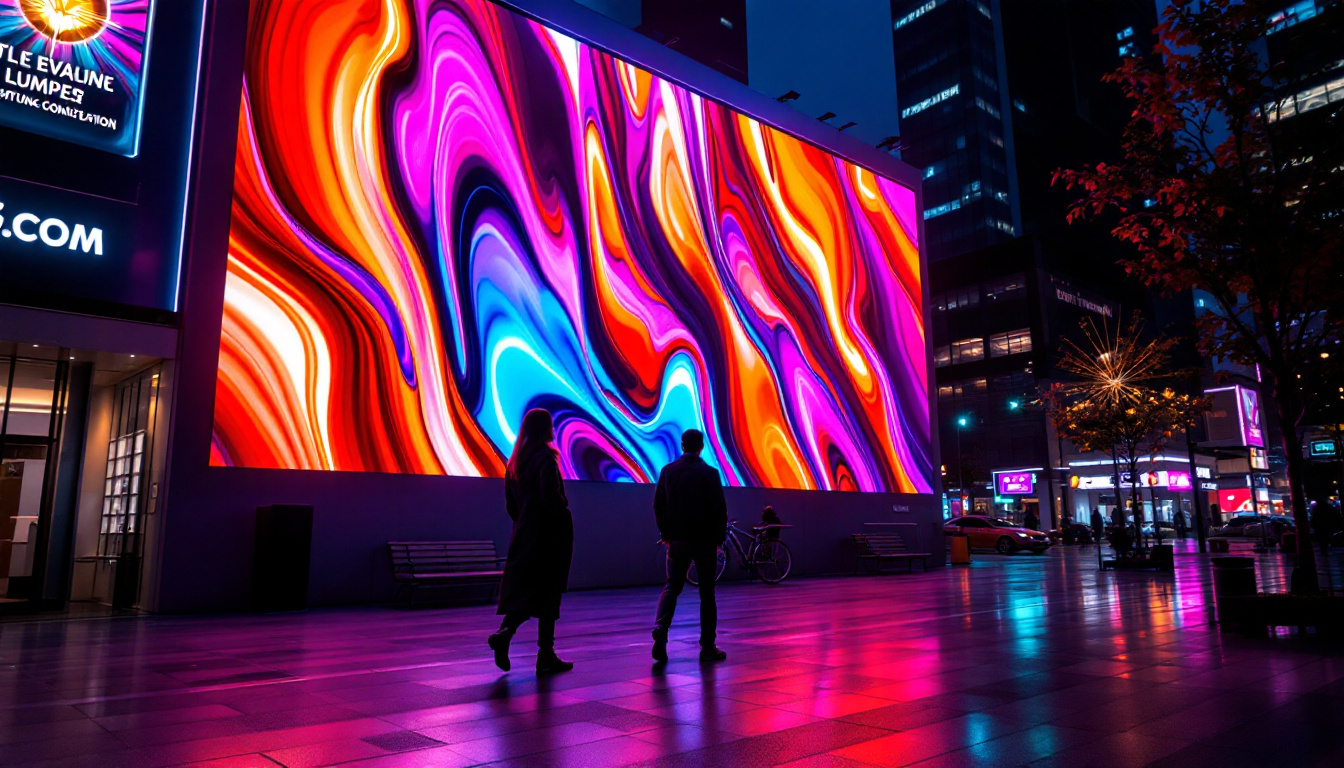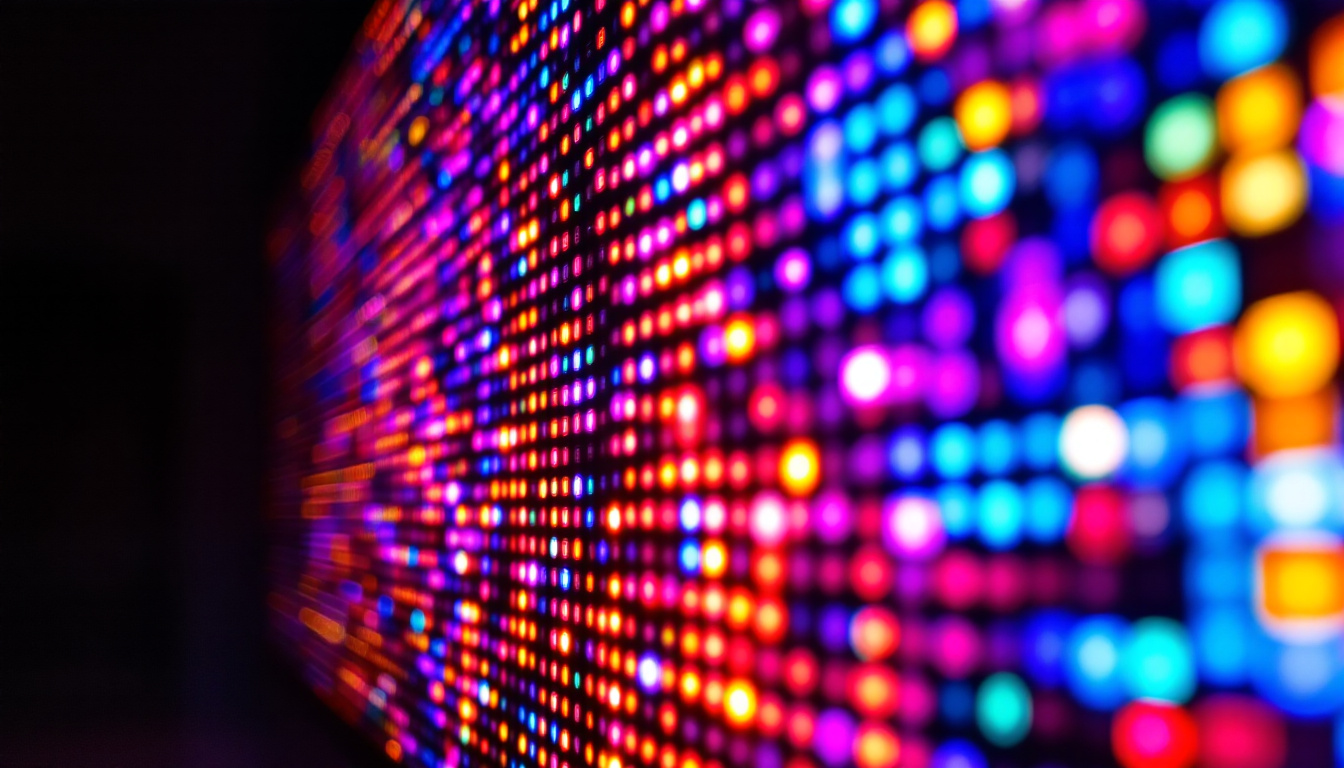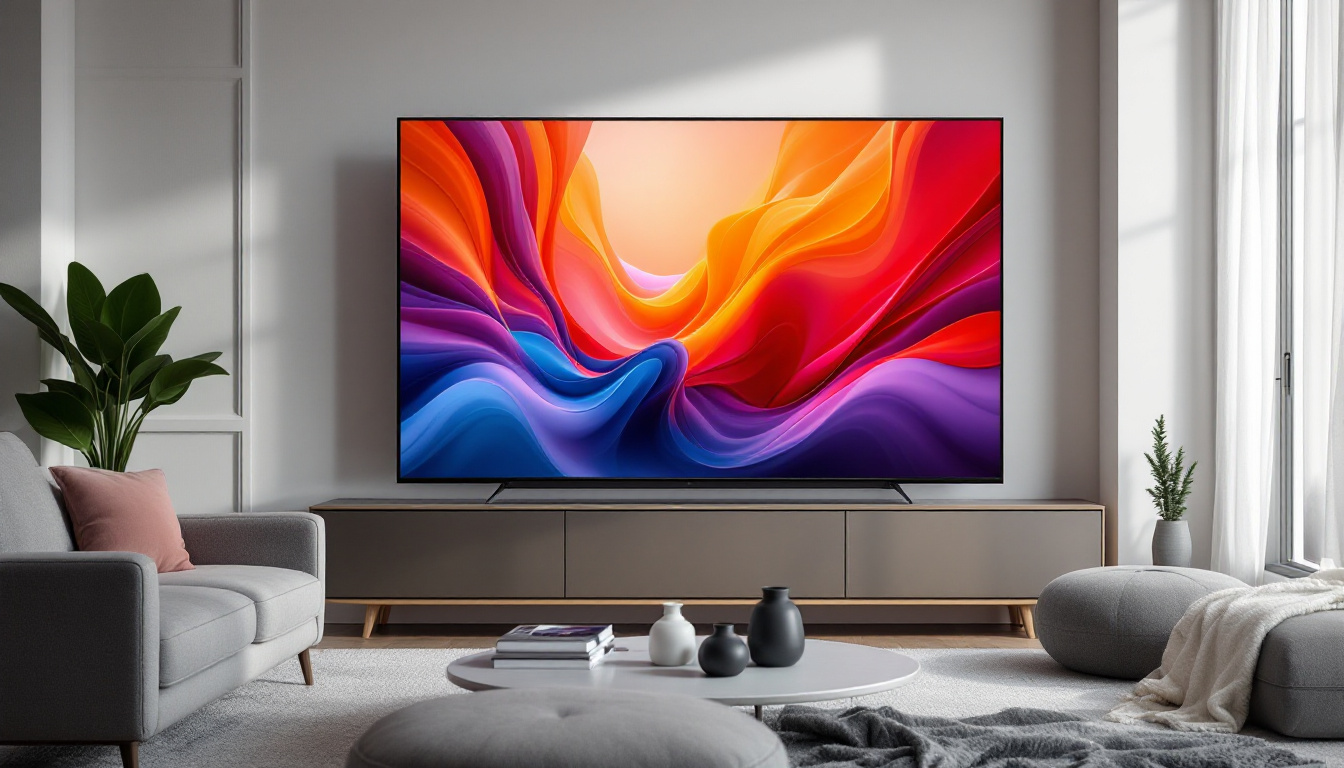In today’s digital age, LED displays have become ubiquitous, transforming the way information is conveyed in various environments. From large-scale outdoor billboards to small indoor screens, LED technology has revolutionized visual communication. This article delves into the intricacies of programmable LED displays, exploring their functionality, applications, and the technology that powers them.
Understanding LED Technology
Light Emitting Diodes (LEDs) are semiconductor devices that emit light when an electric current passes through them. The technology has evolved significantly since its inception, leading to the development of programmable LED displays that offer versatility and dynamic content capabilities. Today, LEDs are not only utilized in lighting but have also found applications in various fields such as automotive lighting, medical devices, and even horticulture, where they are used to promote plant growth by emitting specific wavelengths of light.
How LEDs Work
At the core of LED technology is the principle of electroluminescence. When electrons move through a semiconductor material, they release energy in the form of photons, which is visible light. This process is highly efficient, resulting in lower energy consumption compared to traditional lighting methods. Furthermore, the lifespan of LEDs can exceed 25,000 hours, making them a cost-effective choice over time. The compact size of LEDs also allows for innovative designs and applications that were not possible with older lighting technologies.
LEDs come in various colors, achieved by altering the materials used in the semiconductor. By combining different colored LEDs, displays can produce a full spectrum of colors, enabling vibrant and engaging visuals. This color versatility is particularly beneficial in applications such as stage lighting and architectural illumination, where mood and ambiance can be dynamically adjusted to suit the occasion. Additionally, advancements in RGB (Red, Green, Blue) LED technology have allowed for the creation of sophisticated lighting systems that can be controlled remotely, further enhancing their functionality.
Types of LED Displays
LED displays can be categorized into several types based on their application and structure. The most common types include:
- Direct View LED Displays: These displays consist of individual LED modules that are arranged to form a larger screen. They are commonly used for outdoor advertising and large events, providing high brightness and visibility even in direct sunlight.
- LED Video Walls: Composed of multiple LED panels, video walls are used in control rooms, sports arenas, and entertainment venues to create large, immersive visuals. These setups can be configured in various shapes and sizes, allowing for creative presentations that capture the audience’s attention.
- LED Signage: Programmable LED signs are often used for advertising, announcements, and information dissemination in public spaces. Their ability to display changing messages in real-time makes them an effective tool for businesses looking to engage customers and convey important information.
In addition to these common types, there are also specialized LED displays designed for specific applications, such as transparent LED screens that allow for visibility behind the display, or flexible LED panels that can be bent and shaped to fit unique spaces. These innovations are pushing the boundaries of traditional display technology, making LEDs an increasingly popular choice for modern advertising and communication solutions.
Programmable LED Displays
Programmable LED displays take the functionality of traditional LED screens a step further by allowing users to customize content dynamically. This capability is particularly advantageous for businesses and organizations that need to update information frequently.
Features of Programmable LED Displays
Programmable LED displays come equipped with a variety of features that enhance their usability and effectiveness:
- Real-Time Updates: Users can update content in real-time, ensuring that information is always current and relevant. This is especially useful for businesses that need to communicate promotions or events.
- Remote Control: Many programmable LED displays can be managed remotely via software applications, allowing for easy content changes without needing physical access to the display.
- Scheduling: Users can schedule content to display at specific times, making it possible to automate announcements or advertisements.
Software and Control Systems
The effectiveness of programmable LED displays largely depends on the software used to manage them. Various control systems are available, ranging from simple applications to sophisticated platforms that integrate with other digital signage solutions.
These software solutions typically offer user-friendly interfaces that allow users to design content, schedule updates, and monitor display performance. Some advanced systems even provide analytics to track viewer engagement and effectiveness.
Applications of Programmable LED Displays
The versatility of programmable LED displays makes them suitable for a wide range of applications across different industries. Here are some notable examples:
Advertising and Marketing
In the realm of advertising, programmable LED displays have become a powerful tool for marketers. They enable businesses to showcase dynamic advertisements that can capture attention more effectively than static displays. With the ability to change content frequently, businesses can highlight promotions, new products, or events, ensuring that their messaging remains fresh and engaging.
Public Information Systems
Programmable LED displays are extensively used in public spaces to convey important information. From train stations to airports, these displays provide real-time updates on schedules, delays, and other critical announcements. Their visibility and clarity make them an effective means of communication in busy environments.
Entertainment and Events
In the entertainment industry, programmable LED displays play a crucial role in enhancing the audience experience. Concerts, sports events, and festivals utilize large LED screens to display live feeds, graphics, and interactive content, creating an immersive atmosphere. The ability to synchronize visuals with music or performances adds an extra layer of engagement for attendees.
Benefits of Using Programmable LED Displays
The adoption of programmable LED displays offers numerous benefits that can significantly impact businesses and organizations. Understanding these advantages can help in making informed decisions about investing in this technology.
Cost-Effectiveness
While the initial investment in programmable LED displays may be higher than traditional signage, the long-term cost savings are substantial. LEDs are energy-efficient, leading to lower electricity bills. Additionally, the ability to update content digitally eliminates the need for printing and replacing physical signs, further reducing operational costs.
Enhanced Visibility and Engagement
Programmable LED displays are designed to stand out. Their bright, vibrant colors and high contrast ratios ensure visibility even in direct sunlight. This enhanced visibility translates to better engagement, as passersby are more likely to notice and interact with dynamic content compared to static displays.
Flexibility and Customization
The flexibility of programmable LED displays allows businesses to tailor their messaging to specific audiences or events. Whether it’s changing the content for a seasonal promotion or adapting messages for different demographics, the customization options are virtually limitless. This adaptability makes programmable LED displays an invaluable asset for any marketing strategy.
Challenges and Considerations
Despite the many advantages, there are challenges and considerations to keep in mind when implementing programmable LED displays. Understanding these factors can help mitigate potential issues and ensure successful deployment.
Initial Investment
The upfront cost of purchasing and installing programmable LED displays can be significant. Businesses must weigh this investment against the potential return on investment (ROI) and consider factors such as expected lifespan, energy savings, and increased revenue from enhanced advertising capabilities.
Technical Knowledge and Maintenance
Operating and maintaining programmable LED displays may require technical expertise. Organizations need to ensure that staff members are adequately trained to manage the software and troubleshoot any issues that may arise. Regular maintenance is also essential to keep the displays functioning optimally and to prolong their lifespan.
Regulatory Compliance
Depending on the location and type of display, there may be regulations governing the use of LED signage. Businesses should familiarize themselves with local laws and guidelines to ensure compliance, particularly regarding brightness levels, content restrictions, and placement.
Future Trends in LED Display Technology
The LED display industry is continuously evolving, driven by advancements in technology and changing consumer demands. Keeping an eye on emerging trends can provide valuable insights for businesses looking to stay ahead of the curve.
Higher Resolution Displays
As technology advances, the demand for higher resolution LED displays is on the rise. Improved pixel density allows for sharper images and more detailed visuals, enhancing the overall viewing experience. This trend is particularly relevant in applications such as virtual reality and immersive environments.
Integration with Smart Technology
Programmable LED displays are increasingly being integrated with smart technology, enabling features such as automated content updates based on real-time data. For instance, displays can adjust their messaging based on weather conditions, local events, or audience demographics, creating a more personalized experience for viewers.
Eco-Friendly Innovations
As sustainability becomes a priority for many organizations, the LED display industry is also focusing on eco-friendly innovations. This includes the development of energy-efficient models and the use of recyclable materials in manufacturing. Such advancements not only reduce the environmental impact but also appeal to environmentally conscious consumers.
Conclusion
Programmable LED displays represent a significant advancement in visual communication, offering businesses and organizations the ability to convey dynamic content effectively. With their versatility, cost-effectiveness, and enhanced engagement capabilities, these displays are becoming an essential tool in various industries.
While there are challenges to consider, the benefits far outweigh the drawbacks, making programmable LED displays a worthwhile investment for those looking to enhance their communication strategies. As technology continues to evolve, the potential applications and capabilities of LED displays will only expand, paving the way for even more innovative solutions in the future.
Discover LumenMatrix’s Innovative LED Solutions
Ready to elevate your visual communication with the latest in LED technology? LumenMatrix is at the forefront of creating immersive and dynamic LED displays that captivate and engage. From versatile Indoor and Outdoor LED Wall Displays to specialized solutions like Vehicle LED Displays, LED Posters, and even Custom LED Displays, we have everything you need to make your message shine. Experience the future of digital signage with our All-in-One and Transparent LED Displays, designed to deliver your content with unparalleled clarity and impact. Don’t miss out on the opportunity to transform your space. Check out LumenMatrix LED Display Solutions today and start sharing your message with the world.

